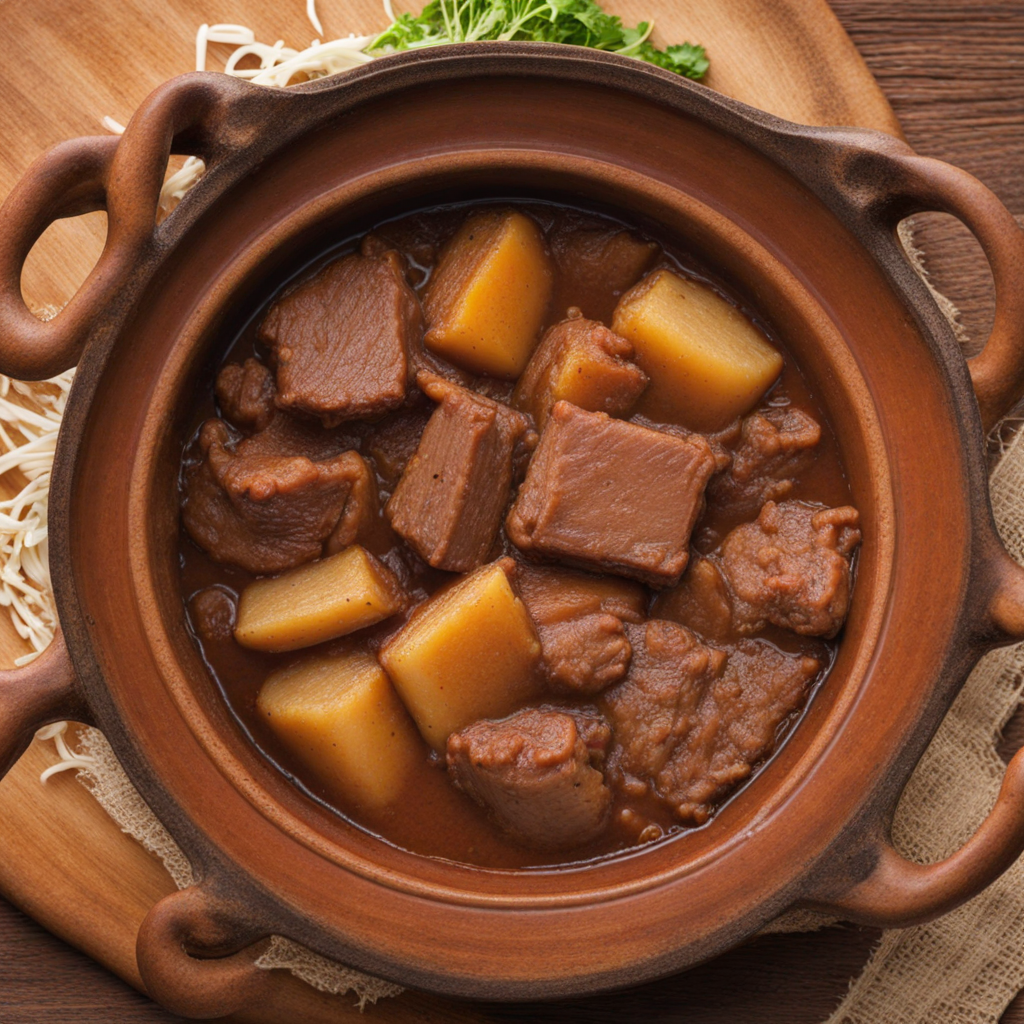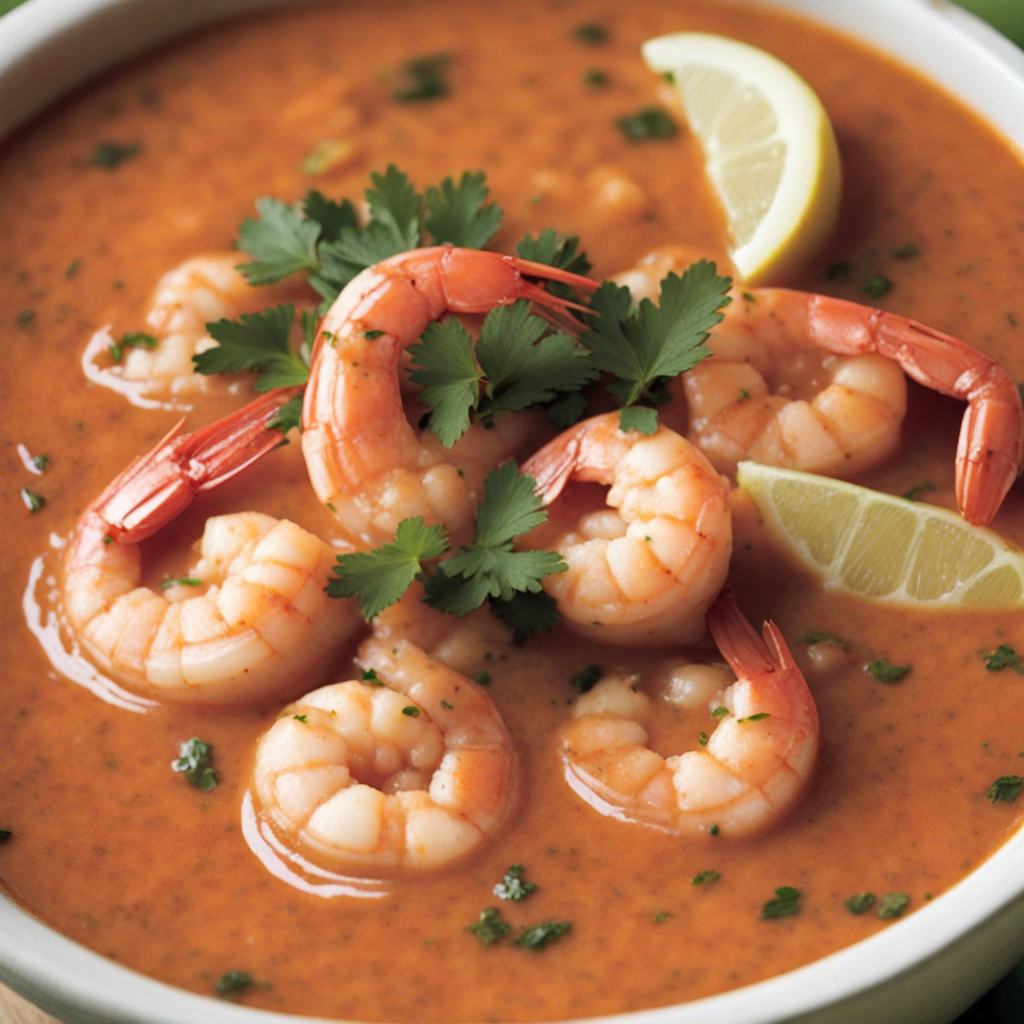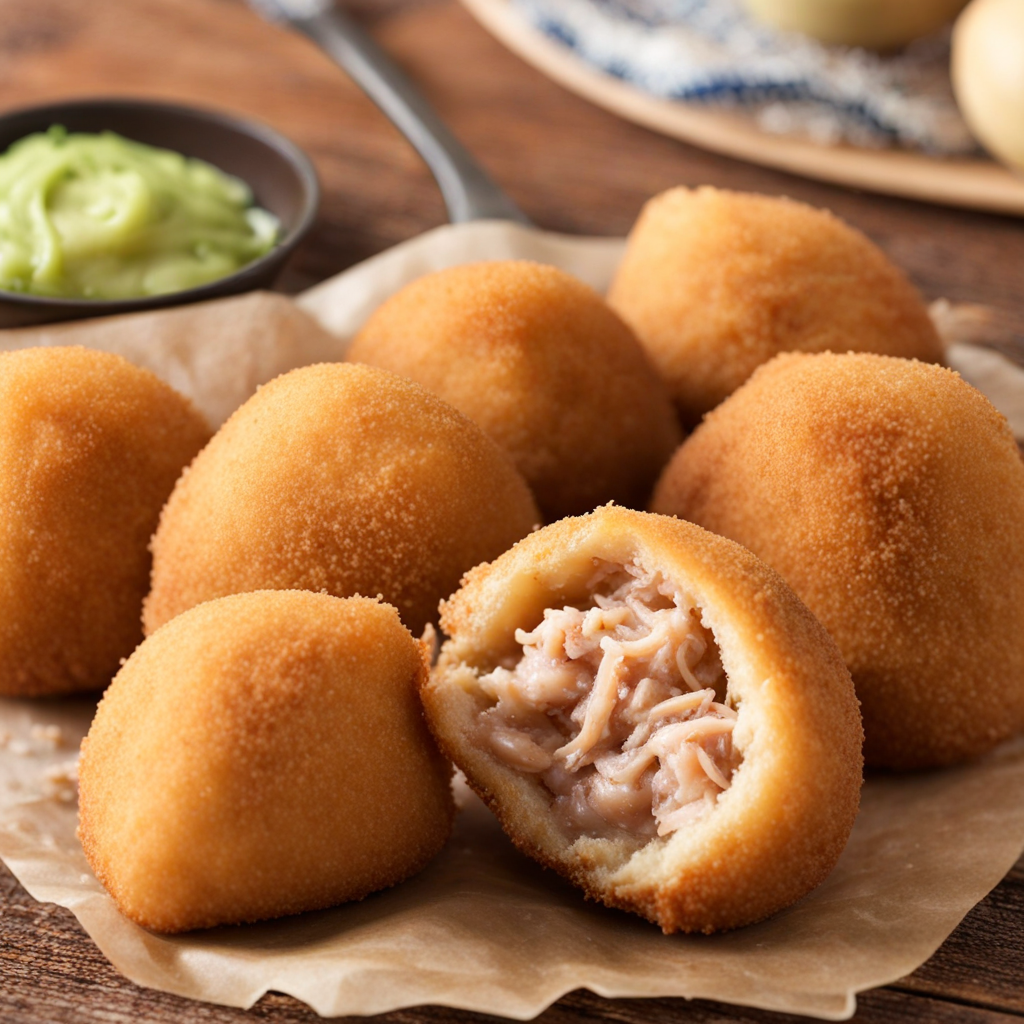Pastel
Pastel is a delightful Brazilian street food that consists of a thin, crispy pastry filled with a variety of savory or sweet ingredients. The dough is made from wheat flour, water, and a touch of salt, which is rolled out and then folded over the fillings before being deep-fried to golden perfection. The result is a crunchy exterior that contrasts beautifully with the warm, flavorful filling inside. Common savory fillings include seasoned ground beef, cheese, chicken, and a mix of vegetables, while sweet variations might feature chocolate, guava paste, or sweetened condensed milk. The beauty of pastel lies in its versatility; it can be tailored to suit any palate. Each pastel can be customized with ingredients that reflect regional flavors or personal preferences. In bustling markets and street stalls throughout Brazil, you can find countless variations, showcasing local ingredients such as palm hearts, shrimp, or even the beloved Brazilian cheese known as queijo coalho. The fillings are often seasoned with herbs and spices, adding depth to each bite and ensuring that every pastel offers a unique taste experience. Enjoying a pastel is more than just a meal; it’s an experience that embodies the lively spirit of Brazilian culture. Often sold alongside refreshing drinks like sugarcane juice or coconut water, pastéis are perfect for snacking while exploring vibrant street fairs or local markets. The combination of crunchy, flaky pastry and rich, flavorful fillings makes pastel an irresistible treat that invites food lovers to savor a true taste of Brazil, one bite at a time.
How It Became This Dish
The History of Pastel in Brazil: A Delicious Journey Through Time and Culture The pastel, a beloved Brazilian snack, is a deep-fried pastry filled with a variety of ingredients, ranging from savory meats and cheese to sweet fruits and chocolate. This delightful food item has become synonymous with Brazilian street food and is a staple at fairs, markets, and food festivals across the country. To understand the pastel's rich history, we must explore its origins, cultural significance, and its evolution over time. Origins: The Birth of Pastel The origins of the pastel can be traced back to the early 19th century in Brazil, but the concept of filled pastries predates its arrival in the country. The pastel is believed to have been inspired by the influence of Portuguese cuisine, which has a long tradition of creating pastries filled with various ingredients. One of the closest relatives to the pastel is the *pasteis de nata*, a Portuguese custard tart. However, the pastel as we know it today evolved into something distinctly Brazilian. The pastel first gained popularity in São Paulo, particularly in the city's bustling markets. In the late 1800s, the influx of European immigrants, especially Italians and Jews, played a significant role in shaping the culinary landscape of Brazil. These communities introduced their own culinary techniques and flavors, which influenced the making of pastéis. As street vendors began to sell these pastries at fairs and events, they quickly became a popular snack among locals. Cultural Significance: A Symbol of Brazilian Identity The pastel's rise to prominence in Brazilian culture is not merely a testament to its deliciousness; it also reflects the country's diverse social fabric. Pastéis are often served at street fairs, known as *feiras*, and are enjoyed during festivals, family gatherings, and casual outings. The act of eating pastéis is often associated with communal experiences, where families and friends gather to enjoy food and celebrate together. The pastel is particularly significant in the context of São Paulo's renowned street food culture. The city's popular *Pastel da Feira* (fair pastel) is typically large and filled with a variety of ingredients. It is often accompanied by a side of *vinagrete*, a tangy sauce made with vinegar, tomatoes, and onions, which enhances the flavor of the pastry. The pastel has become more than just a food item; it is a symbol of São Paulo's multicultural identity, representing the various influences that have shaped Brazilian gastronomy over the years. Development Over Time: A Culinary Evolution As Brazil underwent significant social and economic changes throughout the 20th century, so too did the pastel. The mid-20th century saw a surge in urbanization and industrialization, which led to increased mobility and the rise of street food vendors. The pastel became an accessible and affordable snack for the working class, solidifying its place in Brazilian culture. In the 1970s, the pastel underwent a transformation with the introduction of new fillings and innovative preparation methods. While traditional fillings such as cheese, beef, and chicken remained popular, vendors began to experiment with modern flavors and ingredients, incorporating items like shrimp, hearts of palm, and even fusion fillings that combine diverse culinary influences. This inventive spirit reflects the Brazilian ethos of creativity and adaptability, as the pastel continues to evolve with the changing tastes of the population. The 1990s and early 2000s brought about a renewed interest in artisanal and gourmet food in Brazil. As culinary tourism flourished, food enthusiasts began to explore the origins of traditional dishes, leading to a revival of interest in the pastel. Influenced by the global food movement, chefs began to elevate the pastel, experimenting with upscale ingredients and artisanal techniques. This transformation has given rise to gourmet pastéis, featuring fillings such as truffle, artisanal cheeses, and organic vegetables, often showcased in trendy cafes and gourmet markets. The Modern Pastel: A Culinary Icon In contemporary Brazil, the pastel has become a culinary icon, celebrated for its versatility and adaptability. It is commonly found at food festivals, where vendors strive to create unique and innovative variations to attract customers. Popular fillings now include chocolate, banana, and even vegan options, allowing the pastel to cater to a broader audience. The pastel is also integral to local celebrations, such as the Festa Junina, a traditional Brazilian festival that celebrates the harvest season. During this time, pastéis are a must-have treat, often enjoyed alongside other traditional foods like *pamonha* and *canjica*. The pastel has transcended its status as a mere snack; it has become a symbol of festivity and joy, embodying the spirit of togetherness that characterizes Brazilian culture. Moreover, the pastel has gained international recognition, with Brazilian restaurants and food trucks showcasing this delectable treat to global audiences. In cities around the world, from New York to Tokyo, the pastel is celebrated as a representation of Brazil's rich culinary heritage, inviting food lovers to partake in its delightful flavors. Conclusion: A Culinary Legacy The pastel is more than just a pastry; it is a reflection of Brazil's vibrant history, diverse culture, and culinary evolution. From its humble beginnings in the markets of São Paulo to its status as a beloved street food, the pastel has adapted to changing times while maintaining its essence as a communal food that brings people together. Its journey through history exemplifies the resilience and creativity of Brazilian cuisine, making it a cherished culinary legacy that continues to thrive and evolve in the hearts and palates of those who enjoy it. As we savor a crisp, golden pastel filled with our favorite ingredients, we partake in a tradition that tells the story of Brazil's past, present, and future—a delicious reminder of the power of food to connect us all.
You may like
Discover local flavors from Brazil







